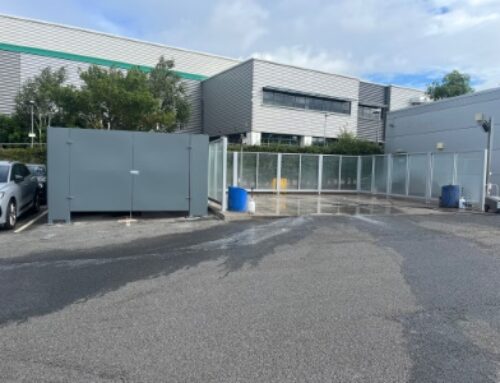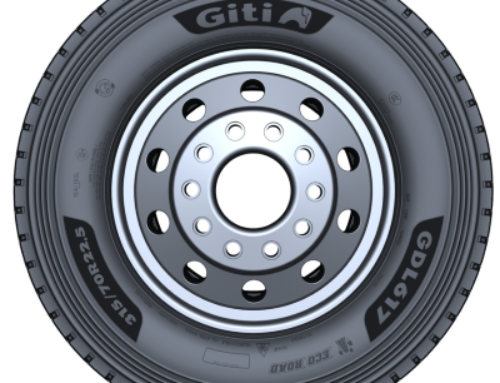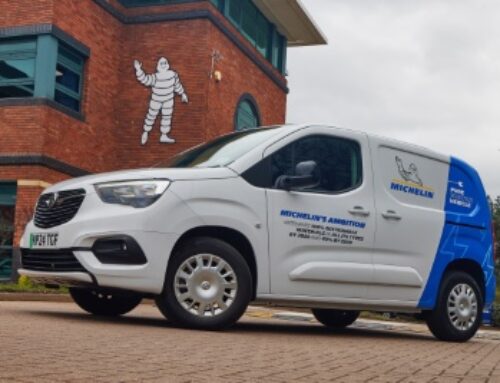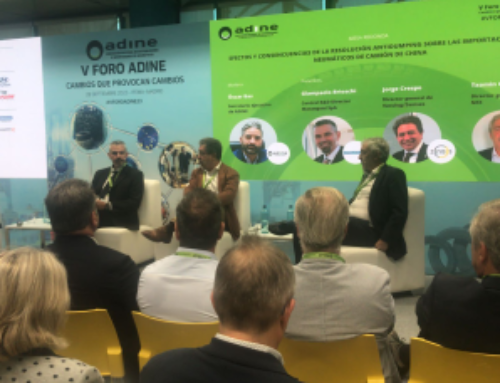Visible difference
 Pete Spillard, managing director of Spillard Safety Systems, believes both the transport sector and society still has a lot to learn about blind spots
Pete Spillard, managing director of Spillard Safety Systems, believes both the transport sector and society still has a lot to learn about blind spots
Visibility, or rather the lack of natural visibility on commercial vehicles and mobile equipment, has been an issue for decades.
When we first get into our cars with our much-cherished provisional licence, the first thing we are told is ‘mirror, signal, manoeuvre’…what we are not told is that there are plenty of areas we can’t actually see!
Today, vehicles have got bigger either through legislation (emissions, noise or occupant/pedestrian safety) or the need for more power and therefore blind spots through the the lack of natural visibility has increased.
The problem we have is that we fail to tell anyone, they just assume that drivers are aware. Worse still, the presumption is that because we are sat high in a vehicle, we must have a clear vision of the road and our surroundings. How many times have we seen the video on YouTube of cars being pushed along a motorway? Ignorance is not a form of defence.
To combat this, legislation introduced more mirrors, Class V and VI on 1 January 2000, and more recently, FORS and Direct Vision standards have stipulated cameras and object detection are necessary.
What this means for an operator is that they now must deal with congested streets, up to six mirrors, a camera system, GPS, maybe even a delivery PDA or driver behaviour system all at once. That’s a lot to think about.
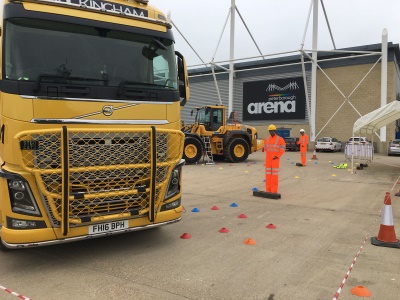 Whilst we are investing heavily in bringing new technological solutions to market at Spillard Safety Systems, we still believe education remains one of the best weapons in the fight against accidents due to blind spots.
Whilst we are investing heavily in bringing new technological solutions to market at Spillard Safety Systems, we still believe education remains one of the best weapons in the fight against accidents due to blind spots.
We hold safety days, changing places and cycle safe events with schools and companies, but surely, we need to extend this to all road users and the general public?
It is everyone’s responsibility, and it would be good to see a more joined-up approach by government, trade bodies, training bodies, manufacturers and end users.
Improve visual awareness, respect the blind spot and incidents can be reduced.
For the last thirty years, Spillard Safety Systems has been carrying out visibility studies to determine what the correct solution is for the correct environment.
As a result of this commitment, we have created 100s of blind spot maps and these are downloadable, licence-free documents available via www.spillard.com.
They are easy to read and feature many vehicles, so we encourage transport operators to take a look – it could prevent a serious accident, avoid costly fines and, most importantly, save a life.








